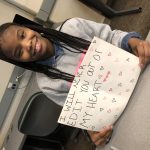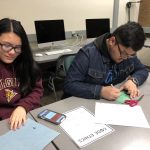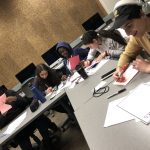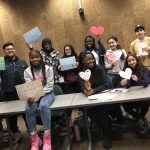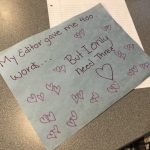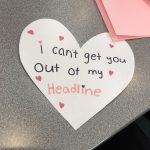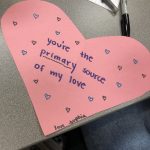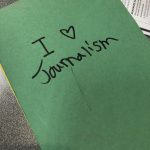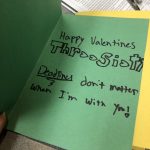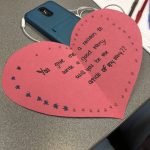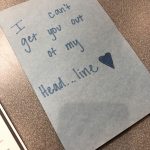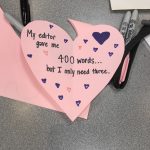Also read about ThreeSixty’s newsroom writing and TV broadcast learning labs.
ThreeSixty Journalism students took on the role of editors on Saturday, Feb. 9, at the University of St. Thomas, during the second session of a series of ThreeSixty Learning Labs. The young editors made coverage and content decisions, then equipped themselves to combat fake news.

One of the most important tools in an editor’s toolbox is the Society of Professional Journalist’s Code of Ethics. Students divided into groups and developed creative presentations to teach their peers what it means for a journalist to “seek truth and report it,” “minimize harm,” “act independently” and
“be accountable and transparent.”
Harding Senior High School student Brendan Thor and Sophia Schach of Southwest High School put on a skit explaining how a journalist should react if a source offers a journalist a trip to Hawai’i. Though tempting (of course), it’s not an ethical option (of course).
Ayomide Adesanya of Harding Senior High School said she was surprised to learn an editor’s job involves, beyond just proofreading, a lot of responsibility.
Once the students were comfortable with the Code of Ethics, it was time to step into an editorial role. Students walked covering a controversial news story, specifically the Wisconsin students from Baraboo High School who in a prom photo appeared to raise their hands in a Nazi salute. We asked ThreeSixty students, if this tweet appeared in your newsfeed, what coverage decisions would you make as an editor to tell this story ethically?
Their responses were thoughtful as they developed a coverage plan with guidance from the Code of Ethics. Students then analyzed local, regional and national coverage of the story in the days after the tweet was published in November.

The second half of the day was focused on a term that journalists dread: fake news. After receiving a quick lesson on journalism history and watching a video about fake news in the 2016 election, students were most surprised to learn about an 18-year-old high school student in Macedonia who profited by creating fake news websites.
So how can you spot fake news and get more informed? The ThreeSixty News Team reviewed checklists and tools to spot questionable stories. Equipped with these resources, the group took a fake-news quiz.
Students then evaluated and presented on 10 websites designed to combat fake news:
- AP Fact Check
- Politifact
- FactCheck.org
- FlackCheck.org
- OpenSecrets.org
- Snopes
- Sunlight Foundation
- Truth or Fiction
- Hoax-Slayer
- The Washington Post Fact Checker
“I learned that I will need to be cautious of my sources and remember to check some things before I share it online,” said Central High School junior Safiya Mohamed.
Sophia Schach of Southwest High School reflected, “ I was surprised to learn that there is more fake news out there than I would’ve expected. It is important to get your news from reliable sources so you don’t get the wrong information.”
The students also got creative and made some journalism-inspired Valentines.
ThreeSixty’s week one Learning Lab focused on writing. The third Learning Lab in this series is on Saturday, Feb. 16, and is centered around broadcast skills.

